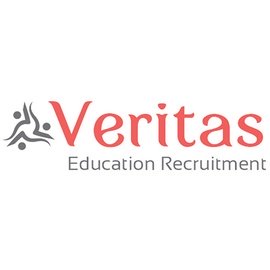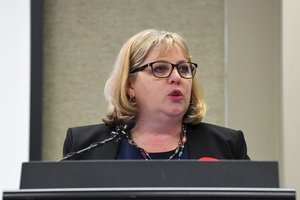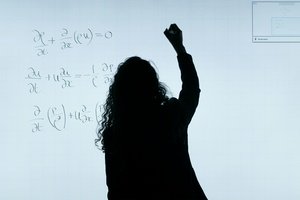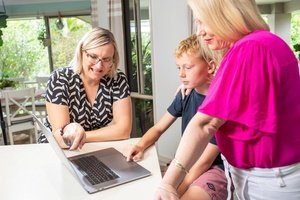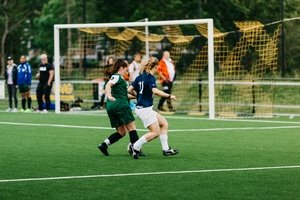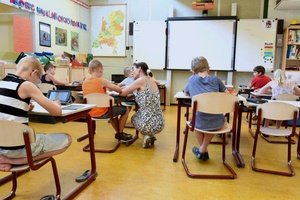The campaign billboard is stopping in each federal seat in the state, highlighting how the National School Reform Agreement has left NSW public schools grappling with a funding shortfall of approximately 11 per cent – which translates to a staggering $1.9 billion this year alone.
The figure equates to more than 10,000 permanent school-based teachers.
Regional and rural NSW communities are bearing the majority of the teacher shortfall, the Federation says.
According to figures released in March, there were 276 vacancies in schools in the Rural South and West region (which includes Wagga Wagga), affecting 93 per cent of its 298 schools, while there were 144 vacancies in schools in the Rural North region (which includes the Northern Rivers), affecting 54 per cent of its 267 schools.
“It’s time for the Prime Minister to step up,” Henry Rajendra, president of the NSW Teachers Federation, said in a statement.
“Private schools in Sydney which receive substantial public funding, are splurging on unnecessary vanity projects such as equestrian centres and Scottish castles, while public schools are missing out.
Rajendra said there is an overwhelming moral, economic and political opportunity for Labor to back the hardworking teachers and hugely deserving students in their own electorates.
The seat of Whitlam has over 17,000 students in local public schools denied the funding they need. Albion Park HS members are calling on the @AlboMP govt to close the funding gap for #ForEveryChild. @StephenJonesMP pic.twitter.com/wiGXzpz5CM
— Henry Rajendra (@henryrajendra) April 2, 2024
“We will be relentless in making this case," he said.
“Premier Chris Minns and Deputy Premier and Education Minister Prue Car are doing their bit by lifting salaries to tackle the teacher shortages. But now it’s time the Prime Minister joined the effort.
“Proper funding would mean more teachers, delivering smaller class sizes. This would allow more one-on-one time for students with complex needs.”
Inequities between public and private schools are also becoming starker with capital funding, the Federation claimed.
A report released by the Australian Education Union on February 24 highlighted the gap, with one Sydney private school, Cranbrook, spending more on a new pool and expanded fitness and drama facilities in 2021 ($63.5 million) than governments spent on 2549 public schools, which educate more than 472,000 students.
For NSW schools it also found:
- a 30 per cent growth in demountables between 2011 and 2022 to over 5000;
- no ongoing capital funding from the Commonwealth despite calls from the NSW Government;
- the Commonwealth capital grants program for disadvantaged schools delivered funding to two of NSW’s richest schools, Loreto Normanhurst and Newington;
- average annual per student capital investment 2012-2021 was $1052 for public and $2331 for private;
- and Knox Grammar and Shore spent $222.9 million on capital works in the five-year period 2017-21 – more than was spent on public school capital works in the entire state of Tasmania over that time ($186.6 million).
“There’s no better investment than giving students the education they need and deserve,” Rajendra said.
“It allows them to explode out of the starting blocks and contribute back to their community and the nation.”




